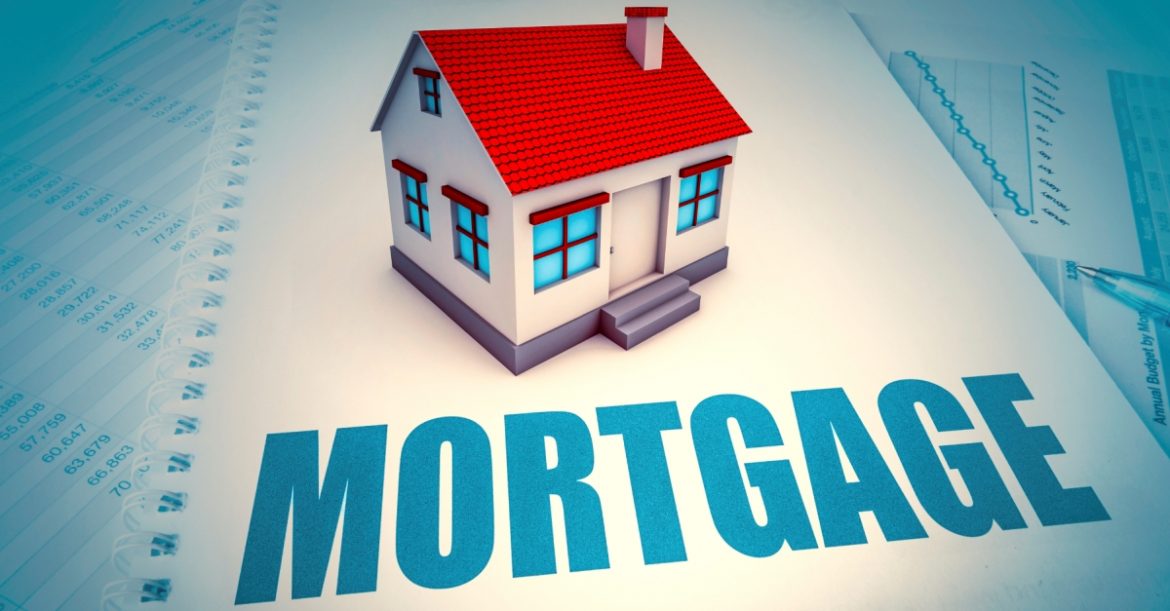How many mortgages can you have? You may be curious about how many mortgages you can take on if you want to increase your real estate investment portfolio or prefer to add more vacation homes to your personal portfolio than your primary residence.
In particular, if you make wise choices along the way, purchasing multiple properties can be a great way to increase your assets and generate income. Before you take the plunge, though, you might want to carefully consider your capacity for handling multiple mortgages and evaluate your level of experience.
You’re ready to discover more about having multiple mortgages, right? To get a sense of the number of properties you can purchase and your available mortgage options, look over our detailed overview.
Table of Contents
How Many Mortgages Can You Have?
From four to ten properties may now be purchased using conventional financing, thanks to the Federal National Mortgage Association (FNMA), also known as Fannie Mae.
However, even though you are eligible for more, getting up to 10 conventional mortgages could present some difficulties. As a result of you being a greater lending risk, lenders may initially appear more hesitant to approve that many mortgages.
The ability to obtain multiple mortgages at once may not be supported by lenders. Additionally, you might have to meet higher credit scores, cash reserve, and down payment requirements. Additionally, if you own multiple properties, you might have to deal with higher mortgage interest rates.
How To Qualify For 1 To 4 Mortgages?
If you meet the requirements outlined by your lender, you should generally have no trouble qualifying for up to four mortgages. Mortgage lenders tend to require the following:
- Official proof of income
- A credit score between 670 and 740
- A loan-to-value ratio (LTV) of up to 80 percent
- Statement of assets and debts
- Financial information on existing investment properties
- Information on current mortgages
It can be difficult, but it is possible, to qualify for several mortgages at once. To find out how to complete the task, keep reading.
How To Qualify For 5 To 10 Mortgages?
Fannie Mae tightened the requirements for approval at the same time that they increased the number of mortgages one buyer could be approved for. If you plan on applying for five to ten mortgages, you will need to meet the following criteria:
- Official proof of income for the last two years, showing rental income from any properties
- A minimum credit score of 720
- A 25 percent down payment for single-family homes, or a 30 percent down payment for multi-unit properties
- Zero late mortgage payments within the last year
- Zero bankruptcies or foreclosures within the last seven years
- Cash reserves to cover at least six months of payments

Pros Of Multiple Mortgages
Numerous advantages of multiple mortgages have encouraged investors and homeowners to use them to finance a number of properties. One of the biggest benefits is that, aside from down payments and closing costs, you do not need as much cash on hand to secure multiple mortgages.
Additionally, having several mortgages enables you to develop a comfort level with your money and create routines for managing your payments over time. This is an excellent organizational way to reduce your operating expenses. In addition, you can use a home equity loan or home equity line of credit (HELOC) to start paying for a second home using the equity you’ve built up in the first one.
Cons Of Multiple Mortgages
The debt you will incur as a result of having multiple mortgages is the biggest drawback. No matter the reason for your income loss, you would still be responsible for making all of your mortgage payments. This could increase your risk of foreclosure and lower your credit score, which would make investing harder in the future.
Another thing to keep in mind is that financing a property with a mortgage is not always the most economical course of action. Working with a traditional lender may subject you to higher interest rates when adding multiple properties to your portfolio. As they start purchasing more and more rental properties, many investors will choose to work with private money lenders, crowdsourcing, or even business partners.
How To Manage Multiple Mortgages?
To manage several mortgages, you must have effective organizational systems in place. You should monitor and regularly update your own repayment plans. You can space out your repayments to avoid having a large sum of money withdrawn from your accounts all at once each month.
Many investors have discovered that the best way to submit multiple mortgage applications is by working with the same regional financial institution. Others, however, might argue that partnering with various providers is the best strategy for obtaining low-interest rates. Every time you apply, compare mortgage terms and create your own monitoring system. When managing your finances (and rental properties), the organization is essential.
Other Ways To Finance Multiple Mortgages
You can look for alternative financing options as a real estate investor besides using conventional loans to pay for multiple mortgages. Here are some examples of hard money loans, blanket loans, portfolio loans, and cash-out refinancing loans.
Blanket Loans
With a blanket mortgage, you can borrow money to finance several different properties. For developers, commercial property owners, and real estate investors, these mortgages are effective. A quick and frequently less expensive purchasing process is made possible by blanket mortgages.
Another reason to take out a blanket mortgage is that as soon as one property under the agreement gets refinanced or sold, a clause “releases” that property from the original mortgage. The original mortgage is still in place for the additional properties. In other words, you are not required to repay the loan in full.
When purchasing properties with a blanket mortgage, all properties will have the same financing conditions. Similar to hard money loans, the lender provides property collateral in exchange for a blanket mortgage. Your current properties may be at risk if you default on the loan.
Be aware that if you want to obtain a blanket mortgage, there may be stringent requirements. The different laws that apply in each state also prevent you from using a blanket mortgage to buy properties in several of them. Finally, compared to a conventional mortgage, a blanket mortgage will have much higher closing costs.
Hard Money Loans
Traditional lenders do not offer loans for hard money. Hard money loans are instead financed privately by people and businesses. Lenders frequently seek out homes with strong selling potential and short median times on the market.
A secured loan is another name for a hard money loan. This indicates that the lender will accept real estate as security. In other words, the lender seizes the property if a borrower defaults on a hard money loan.
Hard money loans don’t demand a rigid application procedure. If you’re a borrower and you’re having trouble getting a conventional loan approved, you might try this alternative. In addition, a hard money loan can be closed quickly compared to a conventional mortgage, which typically takes about a month to complete.
Contrary to conventional loans, which typically have lower interest rates, hard money loans frequently have higher interest rates—often between 8 and 15%.
Due to the fact that lenders might only want to finance 70% to 80% of the property value, hard money loans might also call for a sizable down payment. In order for a hard money lender to consider you seriously, you might need to have a sizable amount of cash on hand.
The quickest way to acquire a number of properties, though, is through hard money loans for real estate investors and house flippers.
Portfolio Loans
A lender originates and “keeps” a portfolio loan instead of selling it on the secondary mortgage market. In other words, a portfolio loan remains in the lender’s portfolio. The precise underwriting requirements for borrowers are set by the lenders.
A portfolio loan drastically reduces the amount of time you have to wait to get financing for your properties, which is very similar to the wait time for a hard money loan.
When compared to an equivalent conforming loan, a portfolio loan may end up costing more in the long run due to factors like higher mortgage interest rates and prepayment penalties. The fact that your lender cannot sell the loan and bears the full risk of the portfolio loan is one factor contributing to these higher costs.
Along with a sizable down payment, borrowers must also provide documentation of significant assets, high income, and both.
Cash-out Refinancing
Another option you might want to think about is a cash-out refinance, a type of mortgage refinance that draws on the equity you’ve accrued in your other properties over time. When you borrow more money with a new property, you receive a lump sum of cash in exchange for taking on a larger mortgage.
With a cash-out refinance, you replace your old mortgage with the new one after paying off the old one. Consider that you have paid off $100,000 of the principal balance on a property that you still owe $200,000 on. If you have $100,000 in home equity, you can use some of it to pay off an existing mortgage.
Depending on how much money you need to invest in additional rental properties, your current mortgage would be rewritten to be worth more. Several days after the cash-out refinance closes, your lender will give you the funds you need to purchase the new property.
Learning the answer to “how many mortgages can you have?” might surprise you. After all, obtaining a mortgage loan is a time-consuming process, even without the additional nine applications. If you want to expand your rental property portfolio, this procedure is now possible thanks to Fannie Mae. Although there are a variety of alternative financing options, it’s crucial to comprehend how this one operates. Your investing career may find new avenues if you are able to qualify for several mortgages.



